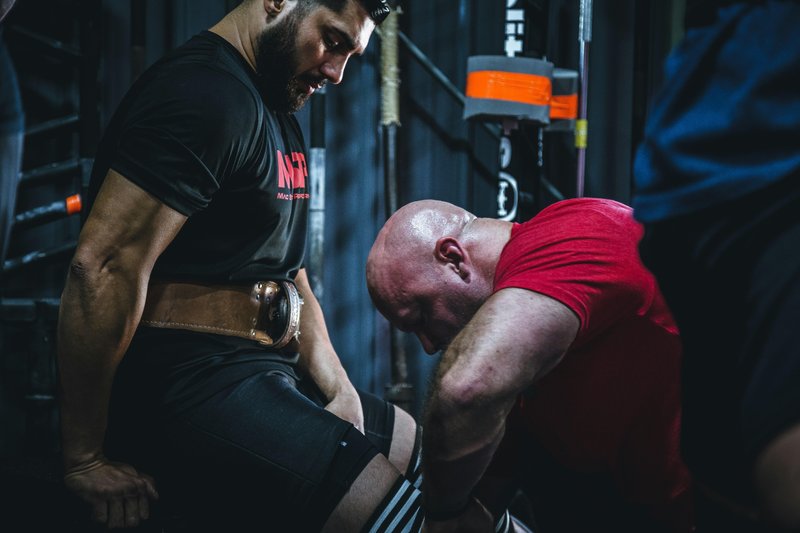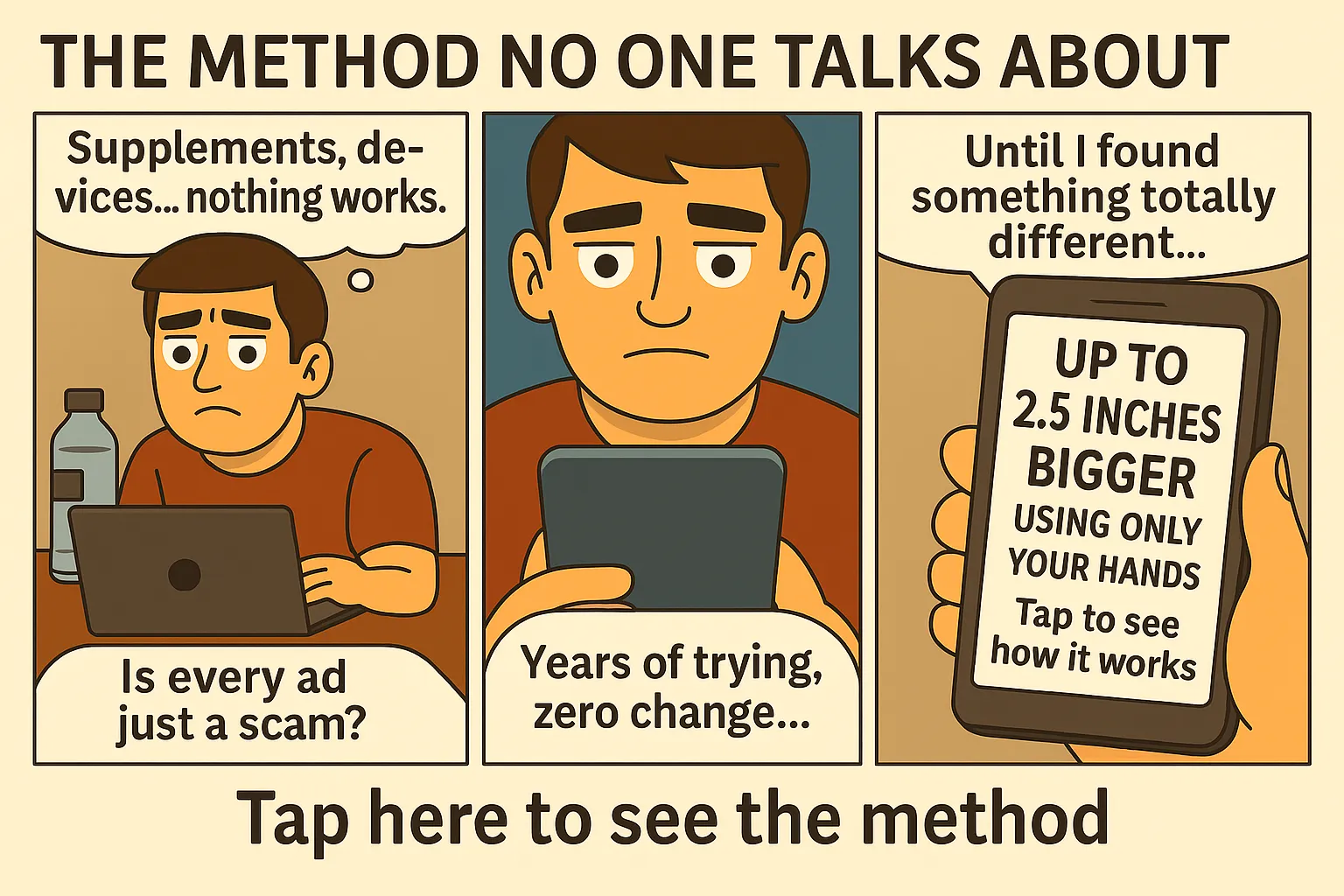Why Your Morning Erection Isn’t What It Used to Be (And How to Fix It)
Morning erections, or “morning wood,” are a natural and healthy part of male physiology. Known medically as nocturnal penile tumescence, this phenomenon is often a sign of good blood flow and hormonal balance. But what happens when morning wood starts to fade as the years pass? If you’ve noticed fewer spontaneous erections upon waking, you’re not alone. The connection between morning wood and aging is one that’s rooted in hormonal shifts, cardiovascular health, and lifestyle choices.
Understanding the Science Behind Morning Erections
Morning wood isn’t just a quirky bodily function — it’s an important indicator of sexual and overall health. These erections typically occur during the rapid eye movement (REM) phase of sleep, when testosterone levels peak and neural activity stimulates arousal reflexes. In younger men, it’s common to have several erections throughout the night. But as men get older, hormonal changes — especially a decline in testosterone — can disrupt this natural cycle.
Why Morning Wood Matters
The presence of regular morning erections generally signals that the body is producing adequate testosterone, maintaining healthy nerve function, and that the blood vessels are working properly. A lack of morning wood could hint at underlying issues such as low testosterone, cardiovascular disease, or erectile dysfunction (ED).
The Role of Testosterone in Morning Erections
Testosterone plays a massive role in male arousal and the frequency of nocturnal erections. As men age, testosterone levels begin to drop — a condition often referred to as andropause. This decline typically begins around age 30 and becomes more pronounced after 40. With lower testosterone levels, the frequency and rigidity of morning wood may decrease significantly.
How Aging Affects Your Hormones
According to recent studies, men lose about 1% of testosterone per year after the age of 30. By the time you hit your 50s or 60s, this hormonal dip can lead to noticeable changes in sexual function, including weaker or absent morning erections. You can learn more about why testosterone drops after 40 and what to do about it in our full guide.
Morning Wood Frequency by Age 📊
| Age Range | Frequency | Notes |
|---|---|---|
| 18–29 | ✅ Daily | High testosterone and deep REM sleep |
| 30–39 | ✅ 4–5x/week | Early signs of hormonal dip |
| 40–49 | ⚠️ 2–3x/week | Common signs of T decline and stress |
| 50+ | ⚠️ 1–2x/week or less | Needs lifestyle correction to restore |
Other Factors That Impact Morning Wood
While aging and hormone levels are key players, other factors can affect your morning erections as well:
- Stress: Chronic stress increases cortisol, which suppresses testosterone.
- Sleep deprivation: Less REM sleep = fewer nocturnal erections.
- Obesity: Excess body fat contributes to hormonal imbalance and poor blood flow.
- Medication: Certain antidepressants and blood pressure drugs can interfere with sexual function.
What You Can Do to Maintain Healthy Morning Wood
Fortunately, losing your morning wood doesn’t have to be permanent. There are several things you can do to naturally boost your chances of waking up hard — even as you age.
1. Boost Your Testosterone Naturally
Focus on habits that enhance natural testosterone production: strength training, intermittent fasting, cutting sugar, and getting adequate sleep. You can also explore natural remedies for ED after 40 to support your sexual health holistically.
2. Improve Blood Flow
Penile erections are all about circulation. Eat heart-healthy foods, avoid smoking, and try exercises that increase nitric oxide. For a full list of methods, check out our guide on how to boost libido after 40.
3. Manage Stress
Incorporate mindfulness, breathing techniques, and daily movement to keep stress levels low. High cortisol can be a testosterone killer.
4. Get Better Sleep
REM sleep is vital for morning erections. Aim for 7–9 hours per night and stick to a consistent sleep schedule. Avoid blue light before bed to enhance sleep quality.
When Should You Be Concerned?
If you’re consistently waking up without morning erections and also experiencing a decline in sexual performance, it’s worth consulting a doctor. This could be a sign of more serious health issues like erectile dysfunction or cardiovascular disease.
Final Thoughts: Morning Wood Is a Health Signal
Morning wood is more than just a morning surprise — it’s a reflection of your hormonal health, circulation, and lifestyle. While some decline with age is natural, you don’t have to accept it as the end of your sex life. With smart habits and awareness, you can maintain strong, frequent erections well into your later years.
For those looking for a complete roadmap to naturally increasing erection quality, stamina, and penis size, discover the complete method here — it’s already helped thousands of men regain their confidence and performance.
Frequently Asked Questions About Morning Wood
Is losing morning erections a sign of low testosterone?
It often is. Testosterone peaks in the early morning, so the absence of morning wood can signal a hormonal imbalance. That said, stress, poor sleep, and circulatory issues may also play a role.
Can men over 50 regain consistent morning wood?
Yes. With focused nutrition, resistance training, stress management and deep sleep optimization, many men in their 50s and even 60s report strong morning erections again.










